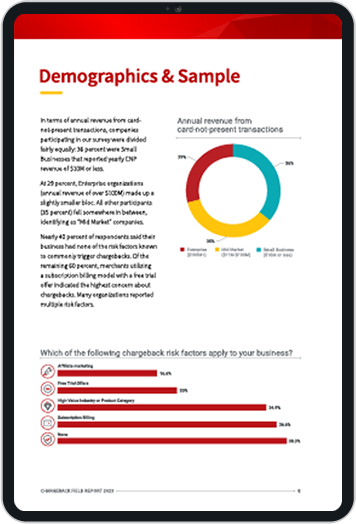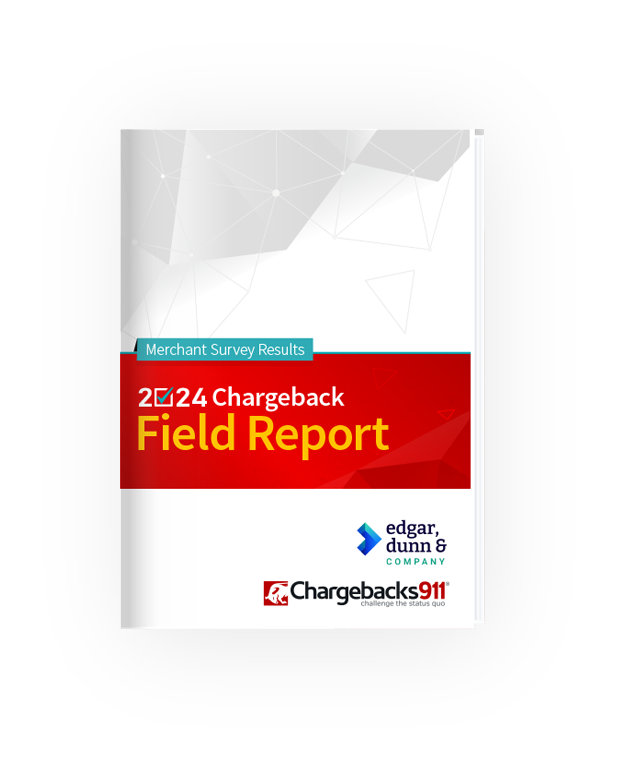The American Express Dispute Support Center Covers a Lot of Information. Here are the Key Points.
Got hit with an Amex cardholder dispute?
Not to worry; it happens to everyone that accepts American Express cards from time to time. But, that doesn’t mean you have to just accept the losses that will result from a dispute.
There is a lot of information buried in the American Express dispute center for merchants, though. It can be hard to comb through and find the info you need. That’s why I wanted to offer a quick rundown of the key points that you’ll find there, and give you a basic overview of what you need to know before going into an Amex card dispute.
Recommended reading
- How Do Banks Investigate Disputes on Credit Cards?
- What Happens When You Dispute a Transaction?
- The Bank Dispute Process: A Step-by-Step Guide
- What is a Transaction Dispute? Why Do Customers File Them?
- Authorization Reversals: Lost Sales are NOT Always Bad?
- Dispute Management System: How to Pick the Best Provider
Acceptable Reasons to Dispute an Amex Charge
The cardholder’s right to open a dispute on questionable credit card charges is protected by law. However, the case has to meet some basic requirements:
My point is that card members can dispute a charge for lots of reasons. Whether it’s because they think they were charged twice, they disagree with the amount, they don’t recognize the charge on their billing statement, or they didn’t receive the goods or services — this step-by-step flowchart should help make the process clearer for you:
A Charge is Disputed
If a cardholder doesn’t recognize a charge or believes that they are a victim of fraud, they may contact Amex within 120 days of the transaction and raise a dispute. Amex will work with the cardholder to resolve the case. If necessary, Amex may reach out with an inquiry or an upfront chargeback.
Inquiry
Request for additional information.
Upfront Chargeback
Preliminay payment reversal.
You can use the “View Timeline Details” link at the top of the page to get even more granular information about each dispute’s response deadlines.
How to Manage Amex Disputes Online
Merchants can manage Amex disputes online by logging in through the Merchant Home page.
Once signed in, click on the “Disputes” tab near the top of your screen to see a summary view of all your disputes. By default, you will see open and unresolved disputes first; these cases are ordered by their response deadline to help you prioritize the most urgent disputes.
Your summary view will display the dispute case number, reason, type, and response deadline. You may customize this view to include dozens of additional data elements, such as the acquirer reference number, the cardholder’s name, and card number associated with the transaction under dispute. Additionally, you may filter disputes by amount, type, and merchant ID.
You can also view disputes individually by clicking on the dispute’s case number. This view will allow you to see all the information Amex has about a specific dispute, including the amount under dispute, the transaction date, dispute status, dispute type, case type, reason code, and when you need to respond by, along with additional notes from Amex about the case.

How to Submit a Response To a Dispute
To submit a response to a dispute, log into your Amex merchant account and select the “Disputes” tab towards the top of your screen. As mentioned above, you’ll see a summary view of all disputes filed against you, ordered by the number of days you have left to respond.
Clicking on a hyperlinked case number in your summary view will pull up a specific dispute. Once in this detailed view, you’ll have the ability to take action against the dispute.
You’ll be able to choose between one of two prompts:
Option 1 | Agree to Full Refund
This is the most straightforward option. If the cardholder filed a valid dispute, perhaps because they were billed in error or received damaged, defective, or missing goods, you may accept the dispute and have Amex issue a refund on your behalf. This will result in a chargeback.
Regardless of which option you choose to pursue, you’ll have the opportunity to offer comments about the dispute, which Amex will receive and may review.
Option 2 | Respond
If you believe the Amex cardholder filed an invalid dispute, or you only wish to refund a portion of the disputed amount, you may challenge it through the Amex merchant portal. You’ll need to specify the reason you disagree with the cardholder, attach compelling evidence that shows you are in the right, and offer relevant comments about the transaction that strengthen your case.
You may attach invoices, receipts, emails from the cardholder, a copy of your return policy, and other forms of transaction documentation as evidence. However, Amex limits uploads to PDF, JPG, TIFF, and DOC/DOCX file formats. Images are limited to a maximum resolution 300 DPI, and all documents must individually be 5MB or smaller. In total, attached files may not exceed 25MB, and you may provide at most 20 pages or five files worth of evidence per dispute.
How to Review Closed Disputes
You can also review closed disputes through your American Express merchant dashboard.
Navigate to the “Disputes” tab towards the top of the screen. In the menu bar that appears to the left, click on the “Closed Disputes” link. You can filter closed cases by location, date, MID, and more.
Each closed dispute will show the case number, transaction amount, the date the dispute was closed, and its outcome.
You can also view, create, and download a custom win/loss report as a Microsoft Excel file. You can analyze this data for clues on how to optimize your chargeback win rates in the future.
Cardholders can check the status of an ongoing dispute by taking the following steps:
- Login to the Amex account in question
- Visit the Inquiry and Dispute Center
- Click on “Manage My Disputes”
- Locate the open dispute in the “View/Cancel Open Disputes” section
- Click on “Cancel/View Status”
What Happens Next?
Keep in mind that the Amex disputes can’t resolve every problem. Also, American Express reserves the right to file a chargeback on behalf of their customers at any time. Although this policy seems harmless enough, it can sometimes be downright problematic.
These days, the chargeback scales mentioned above are far from balanced. Merchants are almost always unfairly represented in a chargeback dispute. There are two main culprits here:
The good news is that the card networks have been paying attention.
Each network has expanded its dispute resolution efforts through simplified online portals like the American Express Dispute Center. While it won’t prevent every chargeback a merchant might receive, it can eliminate many disputes that might otherwise have been chargebacks.
Have Other Questions?
Fighting chargebacks is a complicated, time-intensive process. American Express offers as much support as possible, but ultimately, the bulk of the work will fall on your shoulders.
To learn how chargeback management can help beyond the minimal assistance offered through American Express and other networks, talk to Chargebacks911® about a free chargeback analysis today.
FAQs
How do disputes work with American Express?
The American Express dispute process starts when a cardholder contacts Amex to dispute a charge within 120 days of the transaction processing date. Depending on the information provided by the cardholder, Amex may seek more information from the merchant or pursue a chargeback upfront.
In the former case, merchants who respond within 20 days by submitting compelling evidence may be able to avoid any revenue loss. However, failure to respond within the stipulated timeframe results in a chargeback. In the latter case, merchants may be able to reverse the chargeback by providing clear and convincing evidence in representment. Otherwise, the chargeback is upheld and the merchant loses the dispute.
How long does an Amex dispute take?
Typically, an Amex dispute can take anywhere from 30 to 90 days to resolve, depending on the complexity of the issue.
What if my American Express dispute is denied?
If your American Express dispute is denied, Amex will reverse the provisional credit previously issued to you and offer a written explanation of why your dispute claim was rejected. If you disagree with their decision, you may be able to appeal in writing or provide more evidence to support your dispute claim.
What happens when Amex closes a dispute?
When Amex closes a dispute, the case is considered resolved and archived in the “Closed Disputes” table accessible via the “Support Center” icon. If the resolution favors the cardholder, they retain their provisional credit, and funds are permanently removed from the merchant’s account. However, if it favors the merchant, the cardholder’s provisional credit is reversed, and funds associated with the dispute are returned to the merchant.
What is the difference between dispute and chargeback on American Express card?
A dispute occurs when a cardholder contacts Amex to seek clarification about a transaction charge. On the other hand, a chargeback occurs when a dispute is upheld and a cardholder seeks a reversal of the disputed charge. During the chargeback investigation process, the disputed amount is debited from the merchant’s account and credited to the cardholder’s account. Depending on the outcome of the investigation, the chargeback may be reversed or upheld.














